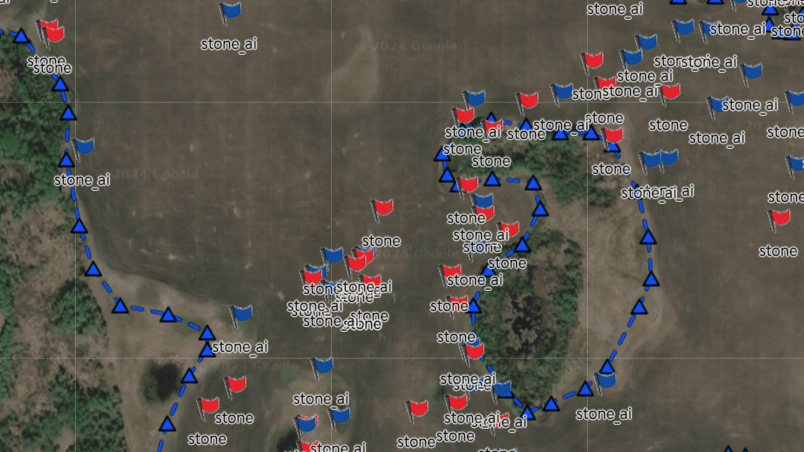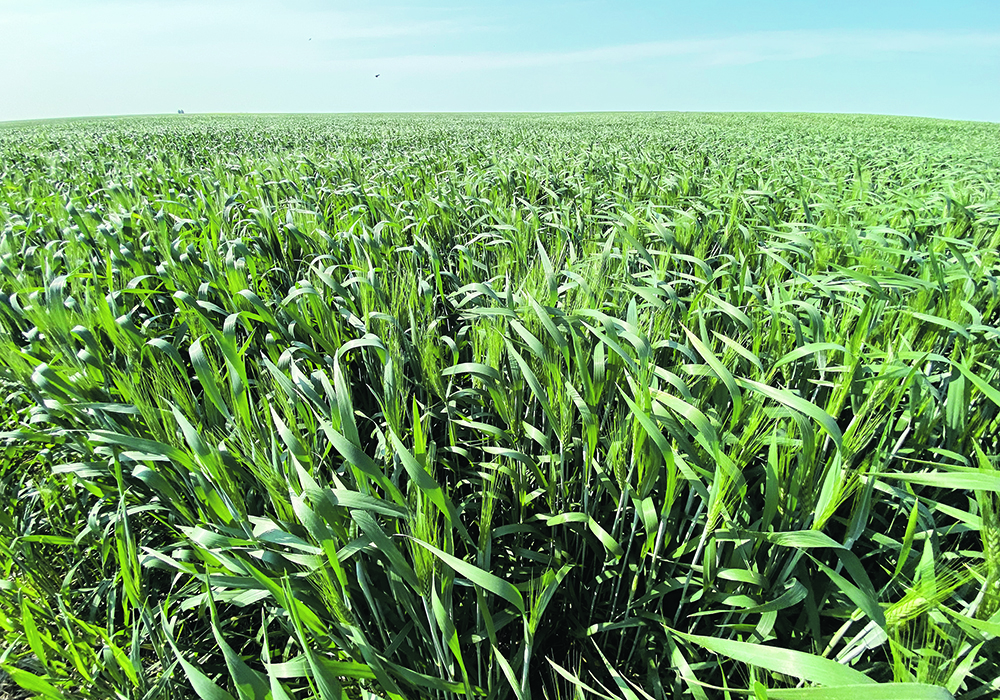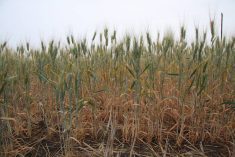The European Union can be added to the list of traditional customers that are going to require ample supplies of durum in 2023-24.
The European Commission (EC) is forecasting 7.5 million tonnes of production for the region, which isn’t bad but is below average.
However, it says the EU will begin the year with a paltry 487,000 tonnes of carry-in and will finish with an abysmal 172,000 tonnes of carryout. That is a fraction of the usual carryout of around two million tonnes.
Annachiara Saguatti, market intelligence analyst with Areté, an Italian agri-food intelligence company, said the EC’s carryout numbers for both years seem way too tight.
Read Also

Vegetable oil stocks are expected to tighten this year
Global vegetable oil stocks are forecast to tighten in the 2025-26 crop year, this should bode well for canola demand.
“As a matter of fact, stocks-to-use ratios would be respectively around five percent and two percent, which is to say around two weeks and one week of utilization,” he said in an email.
He doesn’t think that matches with the stocks held by mills.
Areté believes 2022-23 carryout will be closer to 800,000 tonnes and that it will grow slightly to 900,000 tonnes at the end of 2023-24, which is a far more comfortable level.
MarketsFarm analyst Bruce Burnett is also skeptical of the commission’s numbers.
“I don’t think they can carry out that little amount of durum,” he said.
On top of that, he noted that the EC’s production estimate of 7.5 million tonnes might be generous due to serious dryness that has developed in Spain and France.
“I think they’re in trouble, especially given the heat that region has had this past couple of weeks,” he said.
Conditions are better in other major durum growing regions like Sicily, southern Italy and Greece.
Burnett believes the final production number will dip below 7.5 million tonnes, which will make their balance sheet even tighter.
The EC is forecasting 2.3 million tonnes of durum imports, which is slightly above the previous five-year average of 2.08 million tonnes.
“They will probably have more imports than they’re indicating,” he said.
Burnett believes the number will need to rise another 300,000 tonnes or so to create an adequate supply cushion, maybe even more if EU yields prove disappointing.
Saguatti disagrees with that assessment.
Areté believes production will come in close to the EC’s estimate of 7.5 million tonnes as the problems in Spain are offset by improved conditions in Italy and very good crop condition ratings in France.
It is forecasting 2.1 million tonnes of imports, which is slightly below the EC’s forecast, primarily due to a smaller export program.
Areté is forecasting 600,000 tonnes of exports for the 2023-24 crop year, well below the EC’s forecast of 900,000 tonnes.
The EU tends to bring in top quality product from North America and ship out lower quality product to North Africa.
Canada has supplied 71 percent of the 1.4 million tonnes of durum that the EU has imported so far in 2022-23.
Burnett said there will be adequate supply no matter how much the EU eventually decides to import.
U.S. farmers plan to seed 1.78 million acres of durum, a nine percent increase over last year. Statistics Canada is forecasting that Canadian farmers will plant 6.06 million acres of durum, a one percent hike.
Canadian durum prices have tumbled of late, following other wheat prices down. There has also been pressure from Mexican new crop durum hitting the market.
Burnett said durum’s price premium over spring wheat is good enough that it will encourage Canadian farmers to plant an adequate amount of the crop, although he believes the number will come in closer to 5.8 million acres.
Saguatti expects global durum supplies to be better than last year, although the stocks-to-use ratio will remain at historically low levels and there is a long list of risk factors until the EU and North American crops are in the bin.
He anticipates that demand, which is quiet right now, will pick up as new crop becomes available and that will support global prices.
Burnett noted that much of the EU’s durum market outlook hinges on weather conditions in June when the bulk of the crop is harvested. Rain at the wrong time could cause quality problems, as happened in 2021.
“Everybody will be watching that,” said Burnett.
North Africa is also in the spotlight. It is poised for yet another disappointing harvest. GEOGLAM Crop Monitor is forecasting below-average yields for Algeria, Tunisia and parts of Morocco due to dry conditions.
Morocco had a crop disaster last year, which is one reason Canadian durum movement has been so strong in 2022-23, with 4.04 million tonnes shipped through week 38.
DTN analyst Cliff Jamieson said that is 530,500 tonnes higher than the pace required to meet Agriculture Canada’s full-year forecast of 4.8 million tonnes.
Either exports will need to be curtailed through the end of July or there is more durum out there than Agriculture Canada is estimating, Jamieson wrote in a recent column.


















